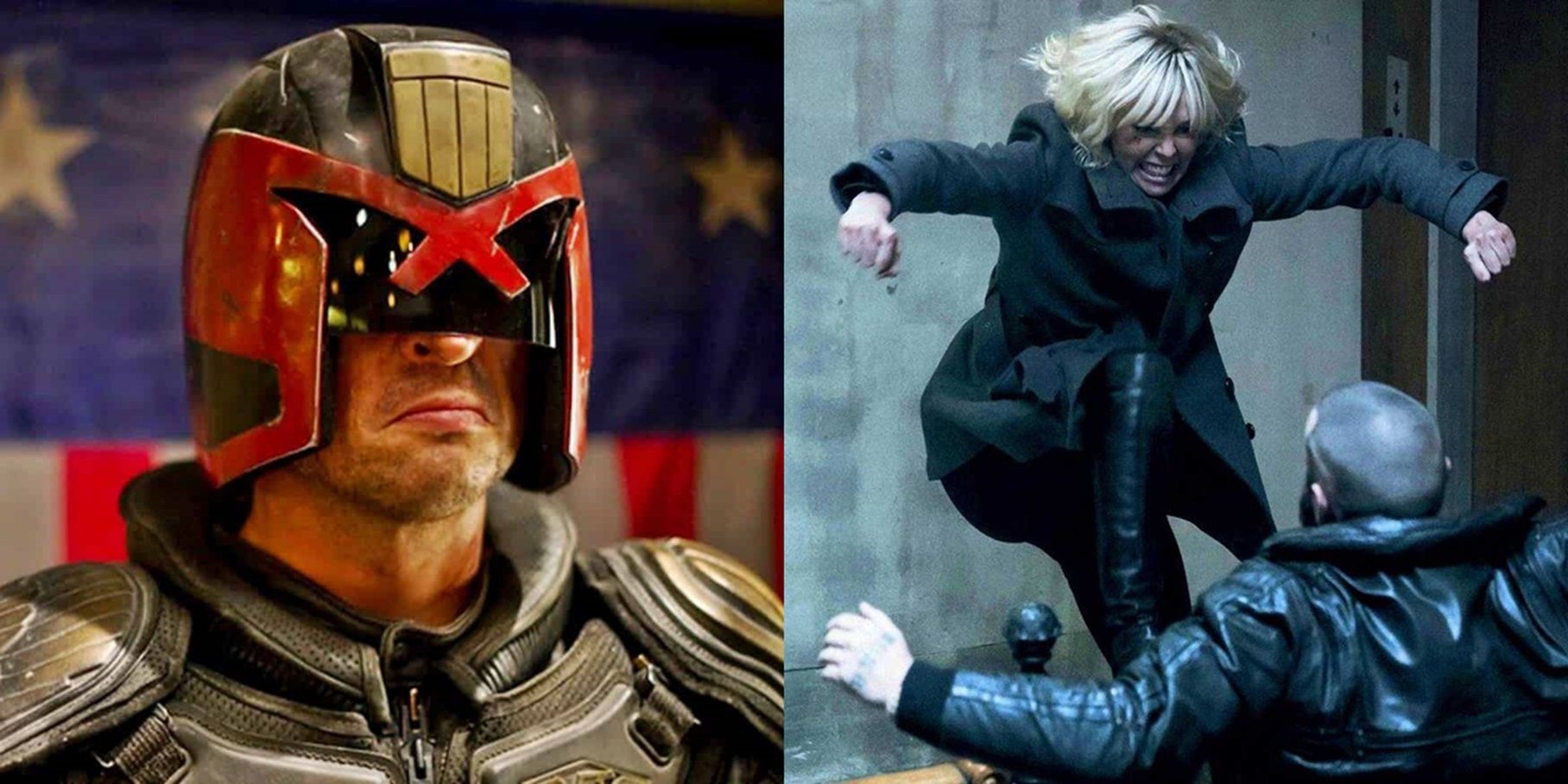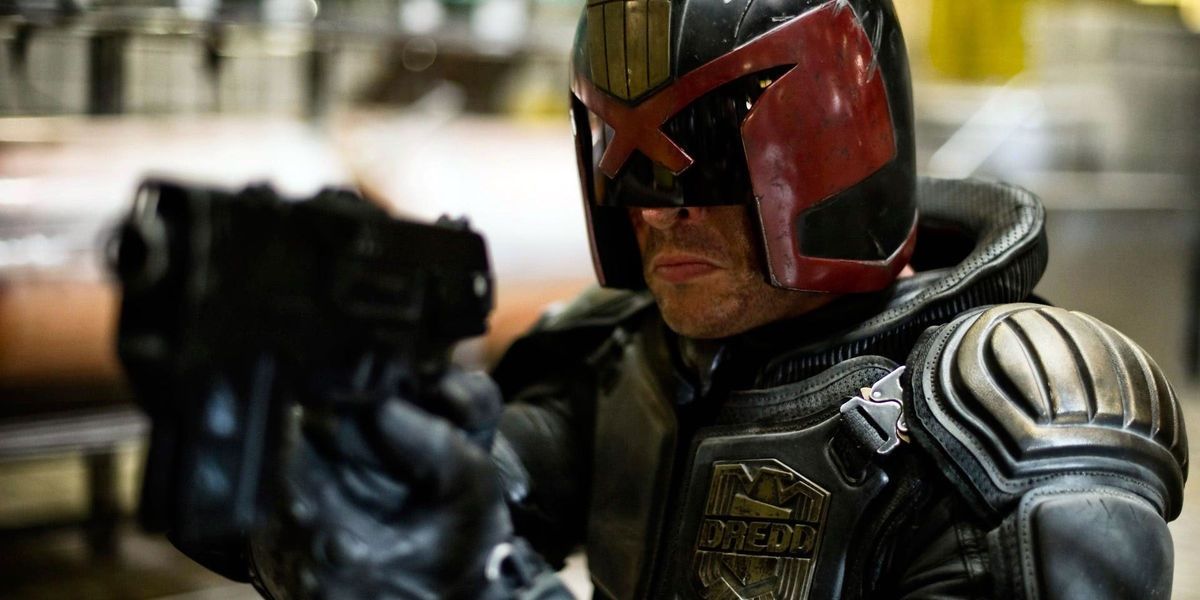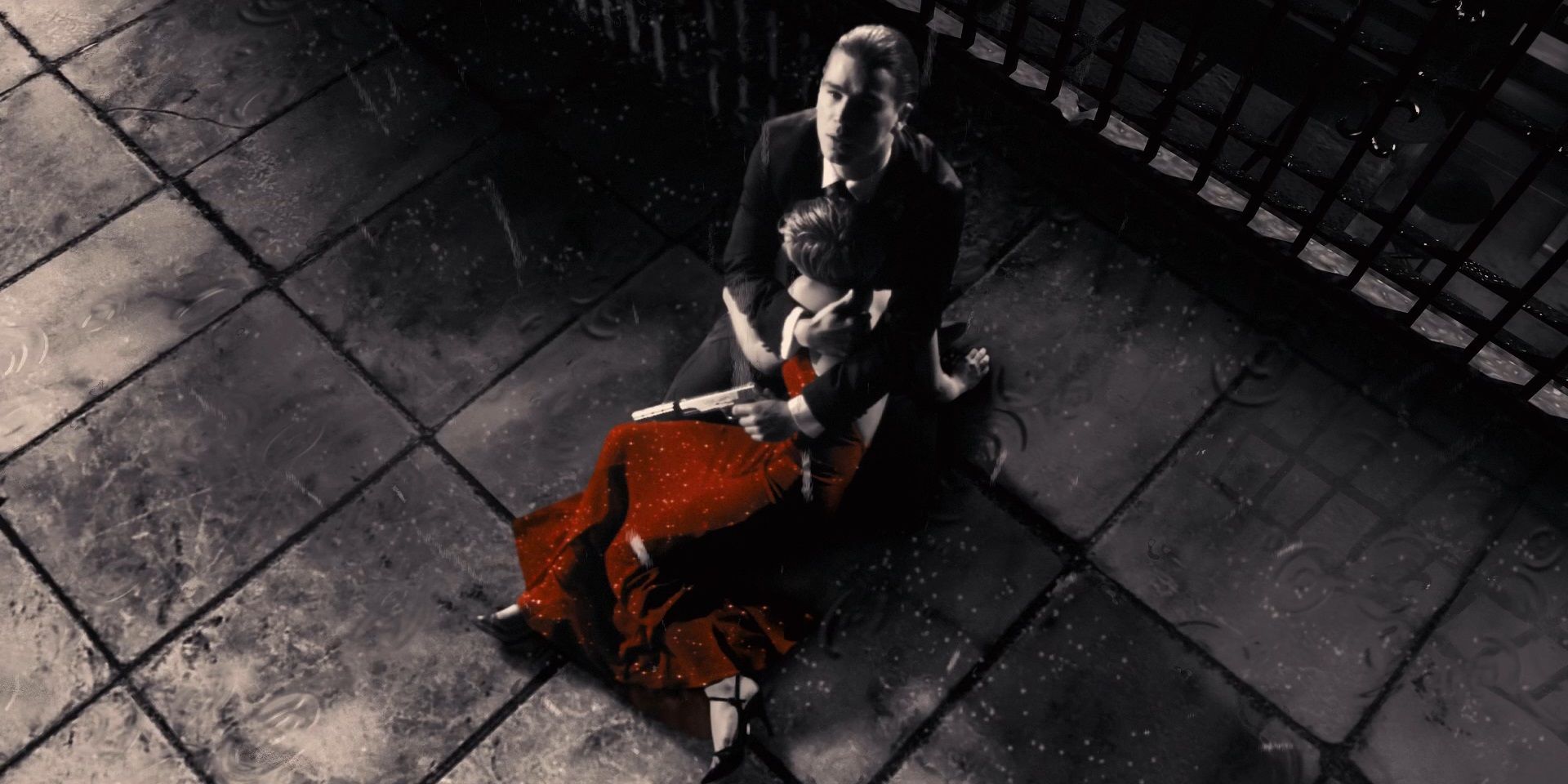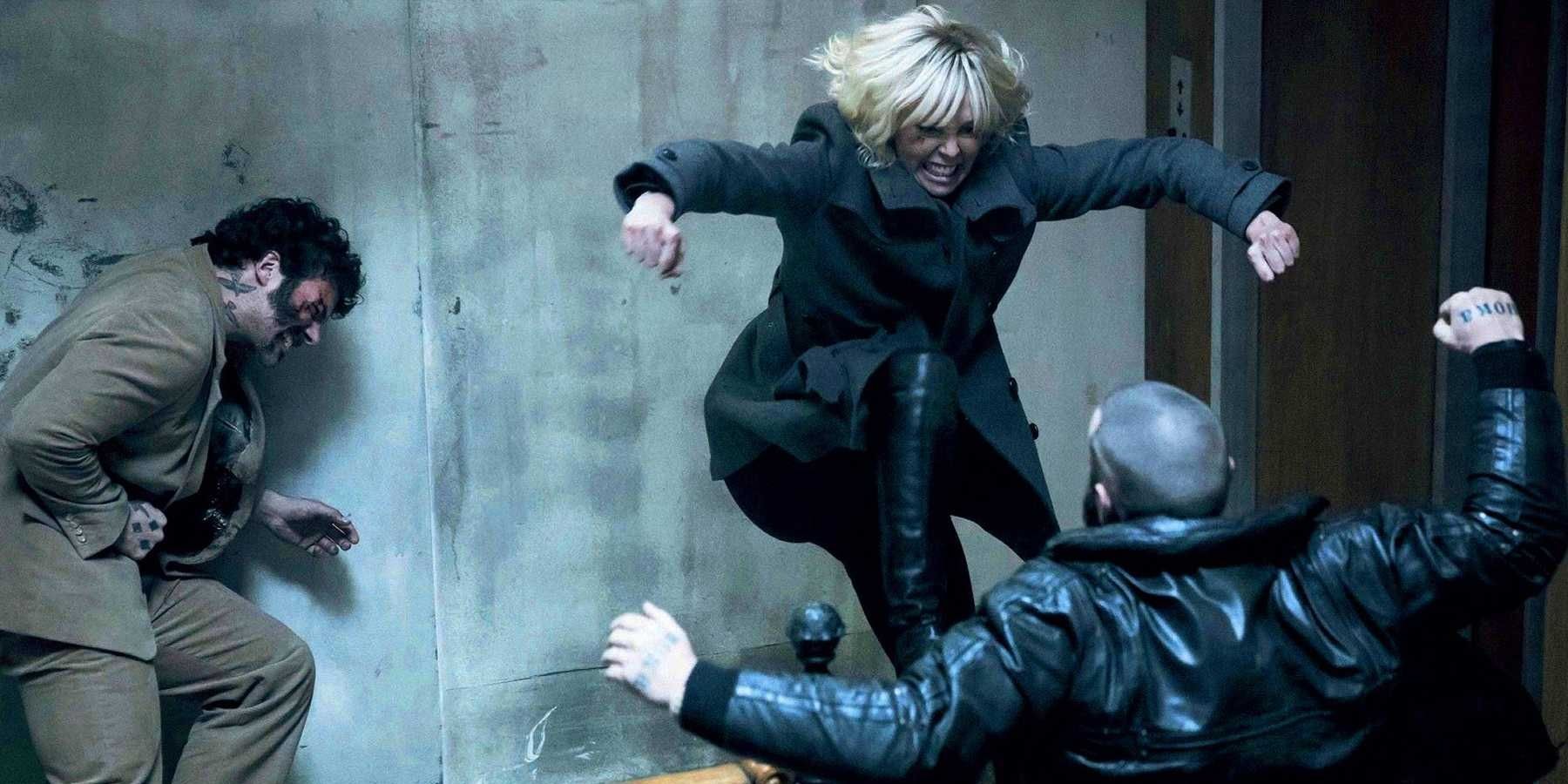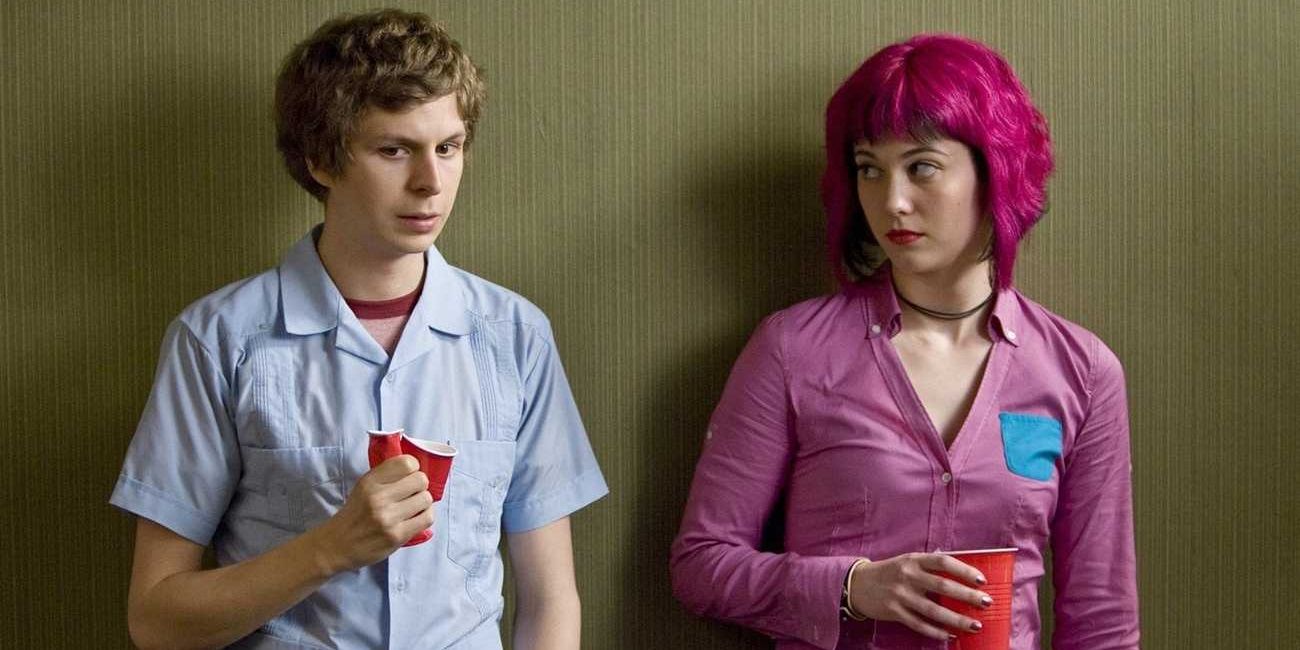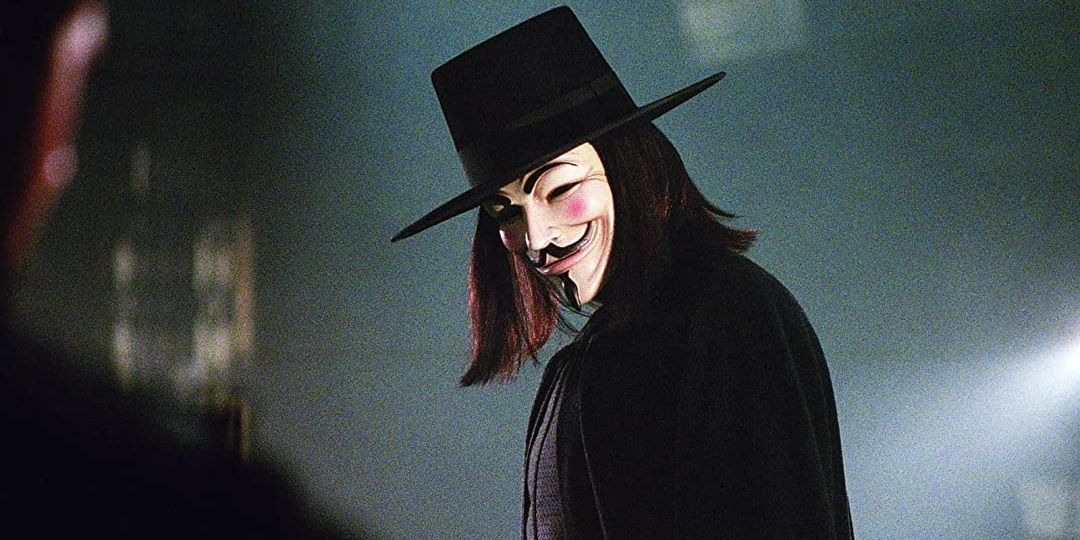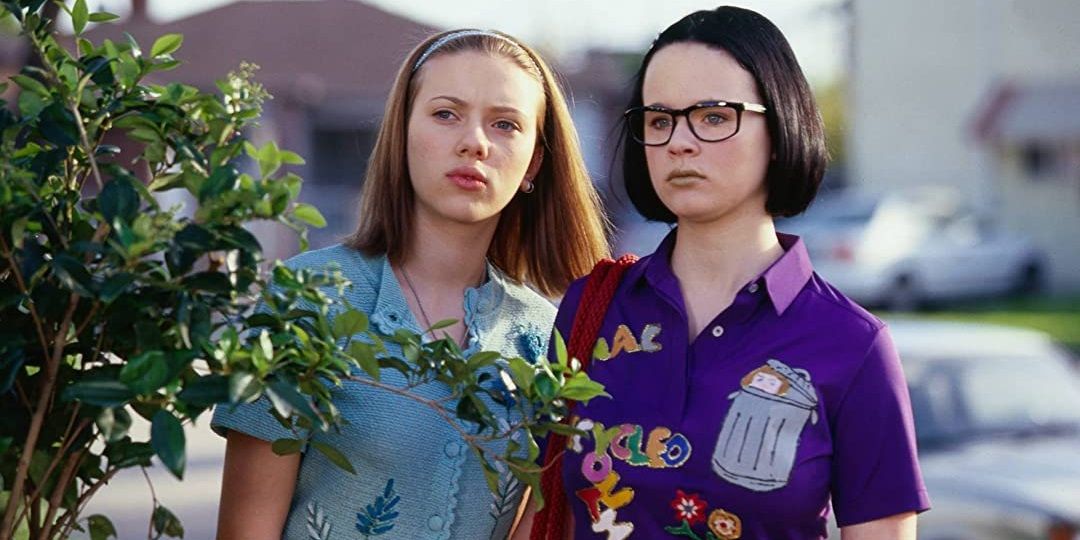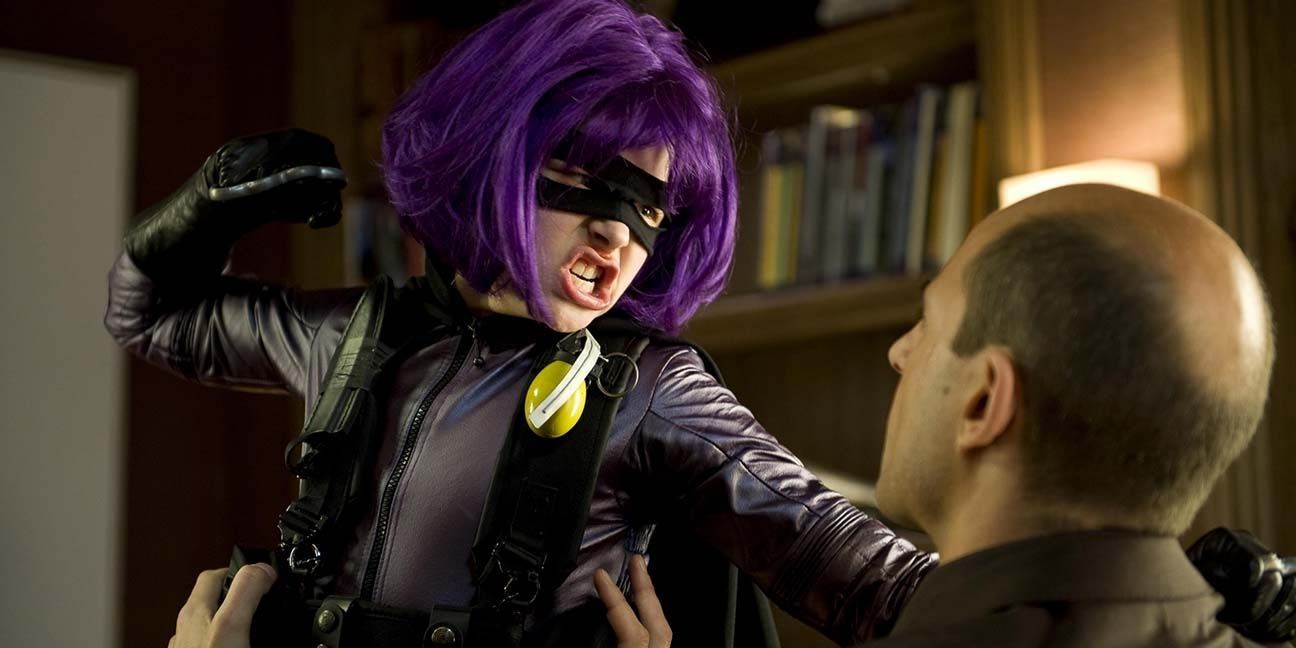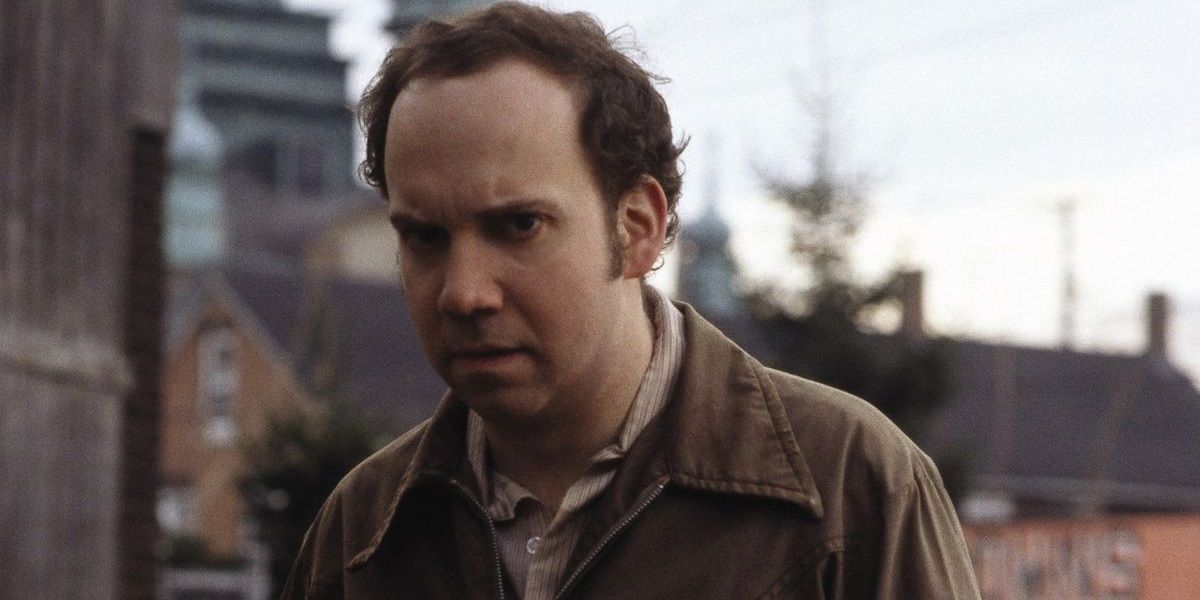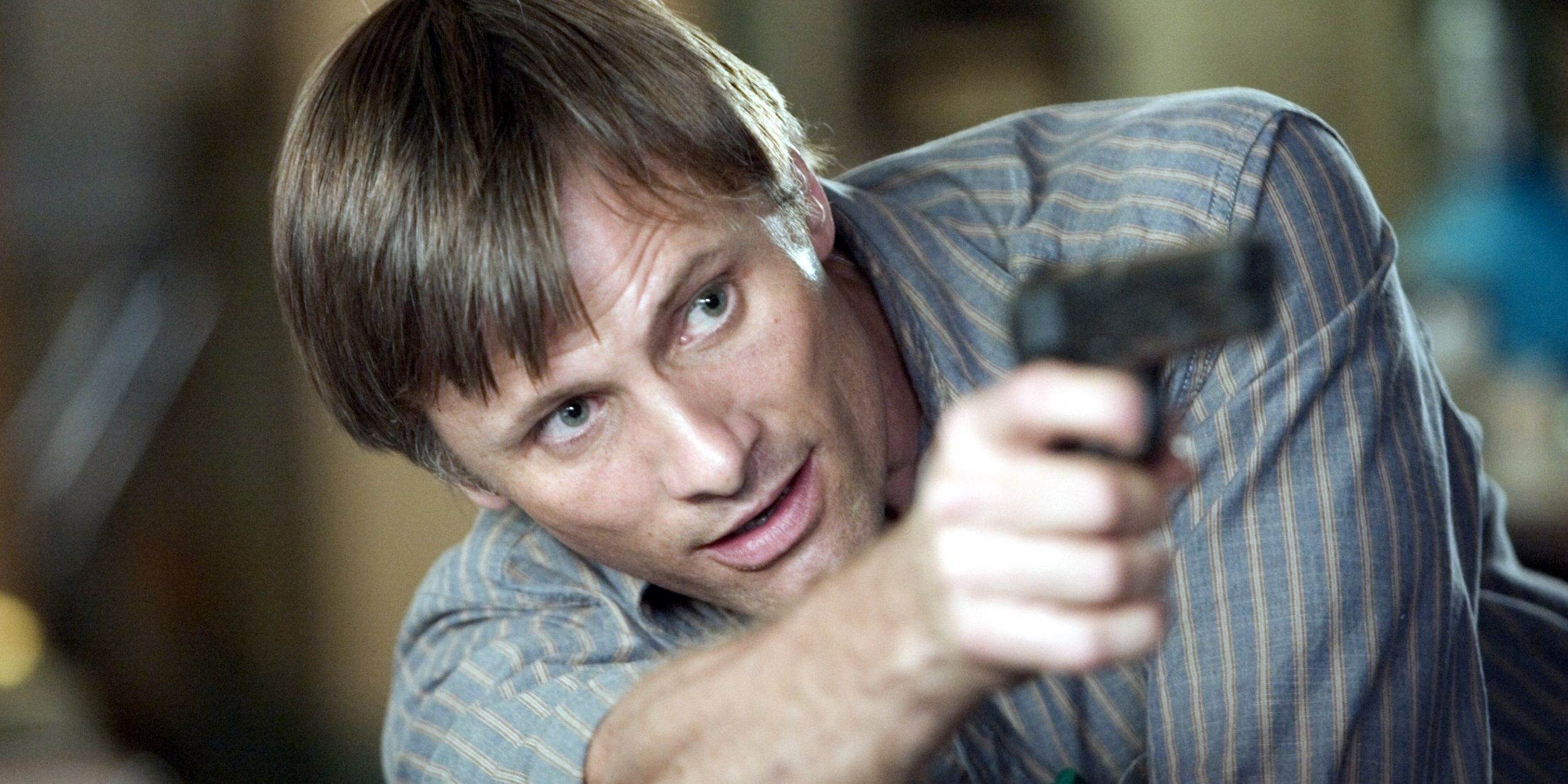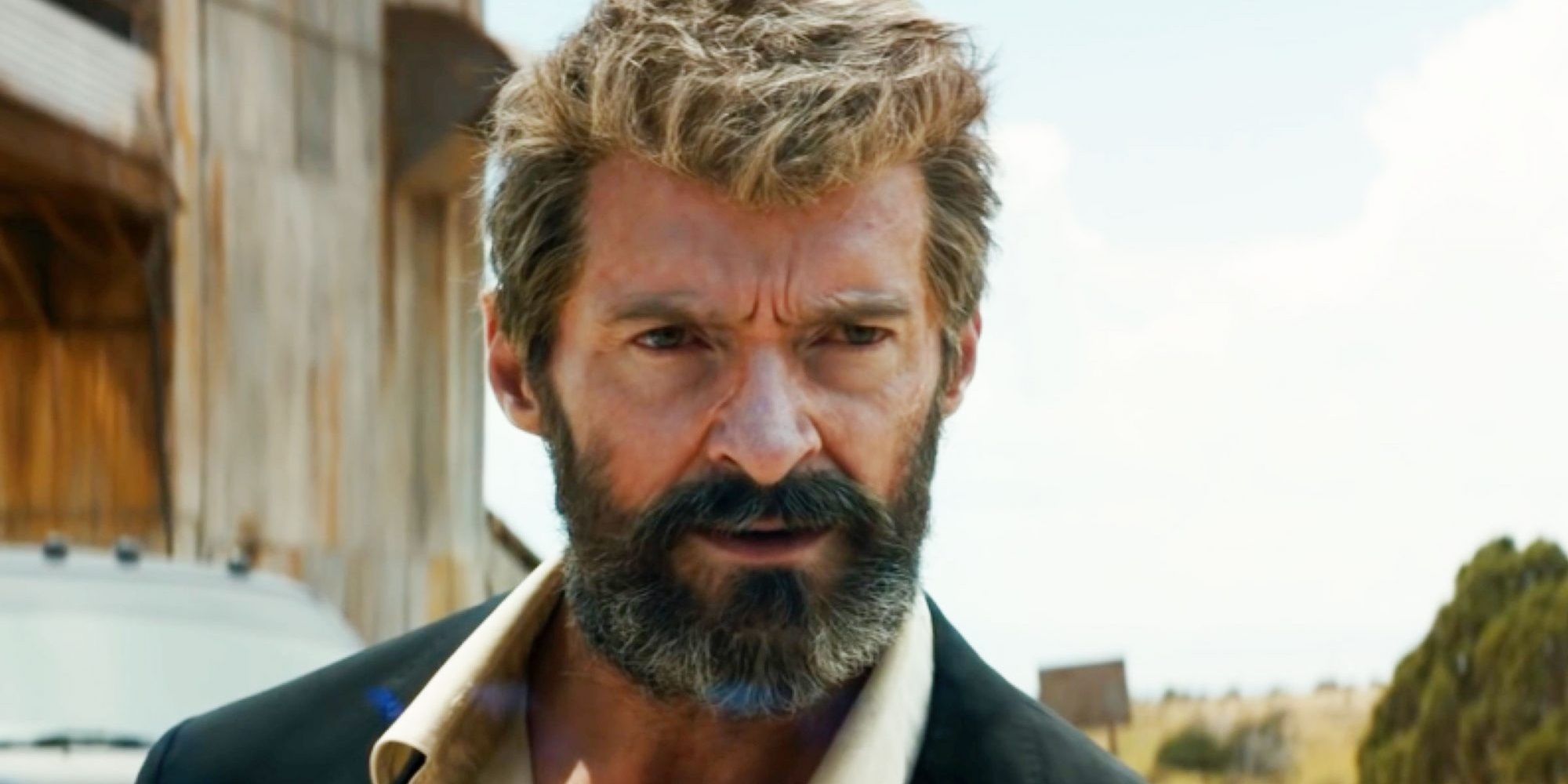Most comic book movies cost $200 million to produce and have a plot that puts the entire universe at stake with large-scale battles destroying entire cities. But the world doesn’t need to be at risk for the audience to be compelled. Stories told on a smaller scale tend to resonate more, because the danger is more manageable. No one can wrap their head around half of all life disappearing, but anyone can wrap their head around an apartment building controlled by a drug lord.
So goes Dredd, one of the most underrated comic book movies of the 2010s, a hard-R, faithful take on the iconic 2000 A.D. character that confines him to a single building for most of the runtime. There are plenty of other small-scale comic book movies of its ilk.
Dredd (2012)
After Sylvester Stallone completely disappointed fans of the character with a PG-13 movie adaptation in the mid-'90s, Judge Dredd finally got the big-screen treatment he deserved in 2012’s Dredd.
Dredd is teamed up with a young rookie named Judge Anderson and asked to evaluate her job performance as they work their way through a high-rise to take down a ruthless drug lord in a dystopian future. Like its source material, Dredd has a sharp satirical edge.
Sin City (2005)
Robert Rodriguez was determined to adapt Sin City as faithfully as possible, so he brought on Frank Miller, the writer of the original graphic novel, as co-director and co-producer.
The result is a black-and-white crime anthology movie with the spirit of classic film noirs like The Big Sleep and Sunset Boulevard, but the heightened visual style of Miller’s work.
Atomic Blonde (2017)
Taken from the graphic novel The Coldest City, Atomic Blonde stars Charlize Theron as an operative seeking a list of spies at the height of the Cold War, right before the Berlin Wall is brought down.
David Leitch, the uncredited co-director of John Wick, made his solo directorial debut with Atomic Blonde, ensuring it would have some of the most breathtaking fight choreography of the decade.
Scott Pilgrim Vs. The World (2010)
Although the movie is called Scott Pilgrim vs. the World, Scott Pilgrim isn’t faced with a world-ending threat; he just has to fight all his girlfriend’s exes.
After helming the initial two chapters of the Three Flavors Cornetto Trilogy, Edgar Wright brought his unique visual style across the pond to adapt the Scott Pilgrim comics for the screen with as much panache as the source material.
V For Vendetta (2005)
Alan Moore and David Lloyd’s V for Vendetta is a definitive critique of dystopian rule, set in a future Britain governed by a neo-fascist totalitarian regime. The Matrix trilogy’s Wachowski siblings adapted the comic into a screenplay for director James McTeigue.
Hugo Weaving plays V, an anarchist who’s determined to bring the UK’s rulers to their knees, and Natalie Portman plays Evey, a working-class woman who gets swept up in V’s antics.
Ghost World (2001)
Although it initially failed at the box office, Terry Zwigoff’s darkly comic Ghost World has since been recognized as a cult classic. Thora Birch and Scarlett Johansson star as Enid and Rebecca, two teenage outcasts fading into the American populous.
Zwigoff collaborated on the mostly-faithful screenplay adaptation with Daniel Clowes, the writer of the original graphic novel.
Kick-Ass (2010)
What if someone actually put on a costume and tried to be a superhero? This is a question that’s been asked by a number of different movies, with varying degrees of profundity, but Matthew Vaughn’s Kick-Ass is one of the best.
As both a deconstruction of superhero stories and a superhero story in its own right, Kick-Ass kicks ass. Nicolas Cage and Chloë Grace Moretz shine as an R-rated Batman and his even more R-rated daughter, respectively.
American Splendor (2003)
Harvey Pekar turned his mundane existence as a file clerk at a Veterans Administration hospital into a beautiful slice-of-life comic called American Splendor, which Shari Springer Berman and Robert Pulcini turned into a beautiful slice-of-life movie.
Starring Paul Giamatti as Pekar, American Splendor is a delightful mixture of biopic, documentary, and animation. It’s a stylized celebration of the everyman.
A History Of Violence (2005)
Two years before he threw a naked Viggo Mortensen into a brutal knife fight in a Turkish bathhouse — in the movie Eastern Promises, not in real life — director David Cronenberg teamed up with the actor to adapt A History of Violence for the screen.
The story concerns a diner owner who thwarts an attempted robbery and becomes a local hero. Then, the seemingly mild-mannered man’s life begins to unravel.
Logan (2017)
After the unprecedented success of Deadpool, 20th Century Fox allowed James Mangold to give Wolverine’s third and final solo movie, Logan, a hard-R rating. Hugh Jackman gave his most iconic role a poignant swansong in Wolvie’s reluctant quest to save the next generation of mutants. Among them is his long-lost cloned daughter, Laura, who’s even more ruthless than he is.
Unlike the earthshattering conflicts of the mainline X-Men movies, Logan is an intimate father-daughter story driven by the emotions of its characters as opposed to big set pieces. Thematically, Mangold was influenced by the classic western Shane.

